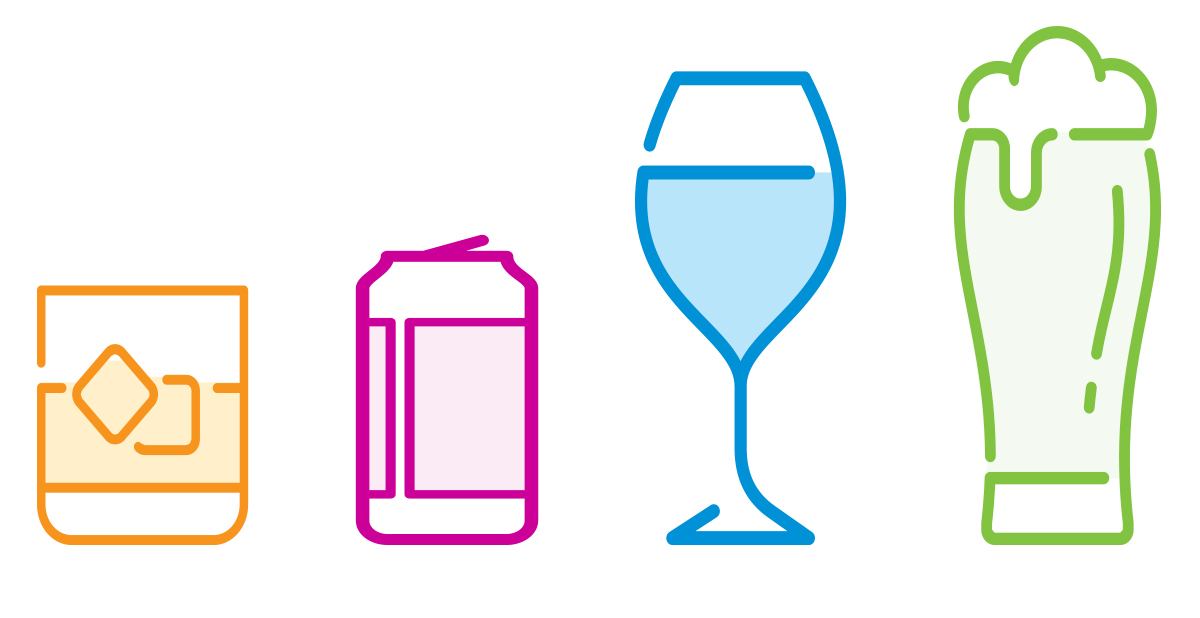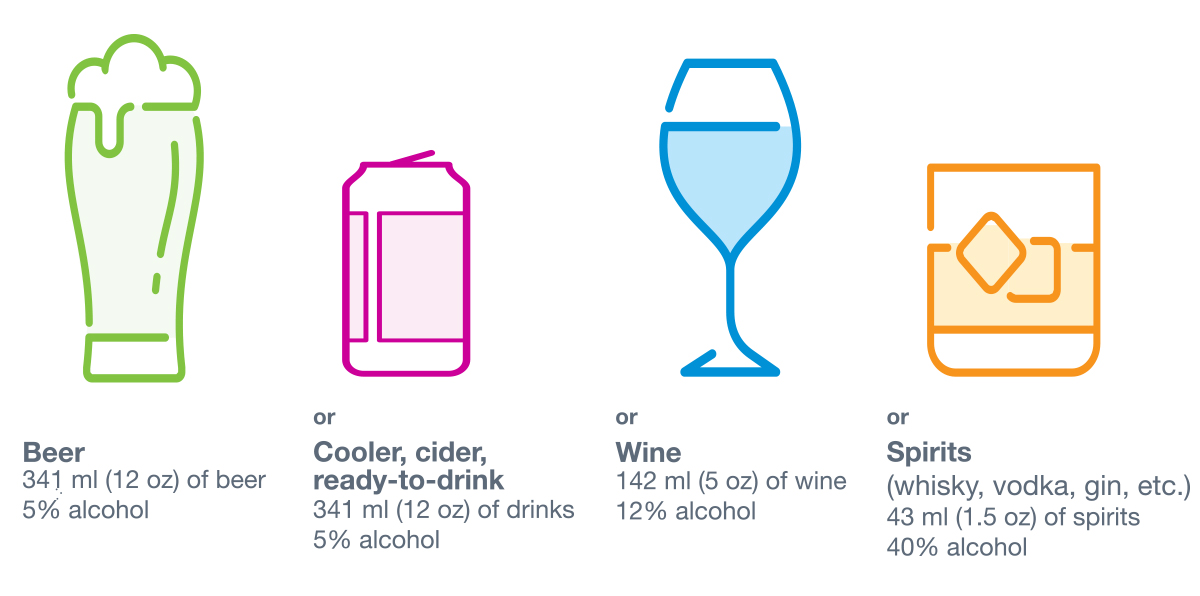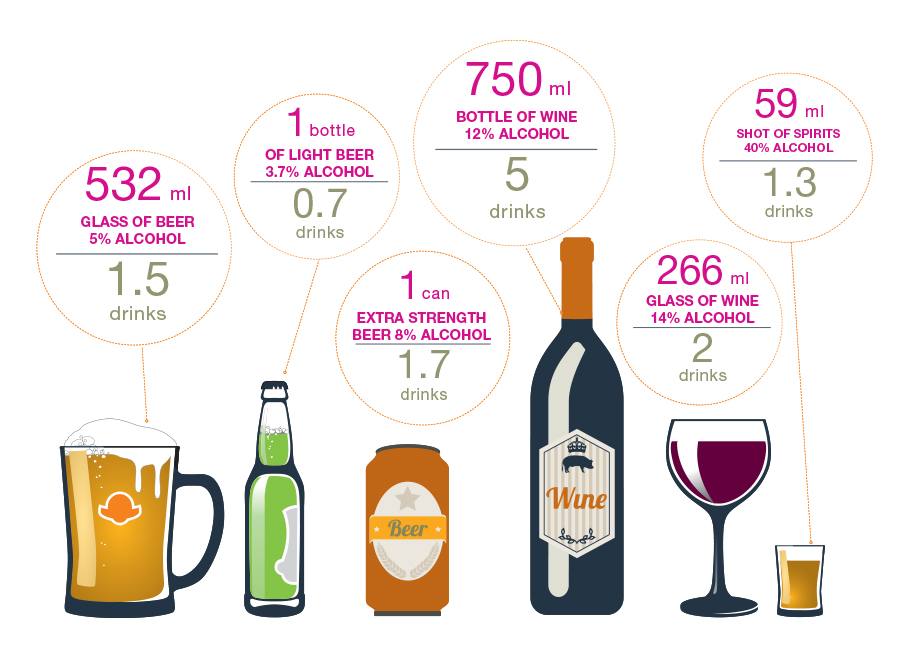Canada’s Guidance on Alcohol and Health Quiz
The holidays are a time of gathering and celebrations, and sometimes they include alcohol. We’re providing this Canada’s Guidance on Alcohol and Health Quiz to help you test your knowledge about alcohol consumption. The right information about alcohol can help you make choices to lower your risks while enjoying the season.
Try again!
Try again! But first, review Canada’s Guidance on Alcohol and Health to learn more about how to reduce the harms of alcohol should you choose to drink.
Close, but not quite.
Close, but not quite. You might want to review Canada’s Guidance on Alcohol and Health and make sure you have the information you need to make the best decisions for you and your health.
Congratulations
High score and lower risk! You aced this quiz and can make your alcohol drinking decisions confidently, knowing that you understand Canada’s Guidance on Alcohol and Health.



